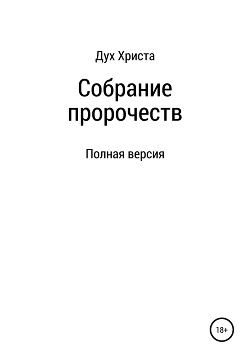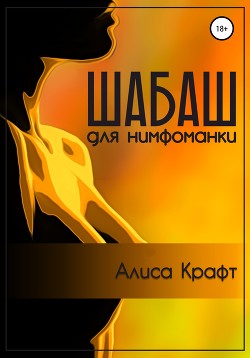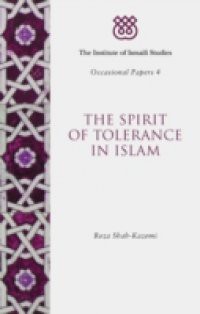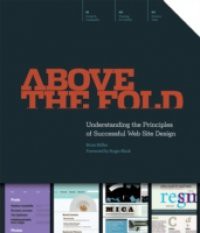The idea that there is a truth within the person linked to the discovery of a deeper, more fundamental, more authentic self, has been a common theme in many religions throughout history and an idea that is still with us today. This inwardness or interiority unique to me as an essential feature of who I am has been an aspect of culture and even a defining characteristic of human being; an authentic, private sphere to which we can retreat that is beyond the conflictsof the outer world. This inner world becomes more real than the outer, which is seen as but a pale reflection. Remarkably, the image of the truth within is found across cultures and this book presents an account of this idea in the pre-modern history of Christianity, Hinduism and Buddhism.Furthermore, in theistic religions, Christianity and some forms of Hinduism, the truth within is conflated with the idea of God within and in all cases this inner truth is thought to be not only the heart of the person, but also the heart of the universe itself. Gavin Flood examines the metaphor of inwardness and the idea of truth within, along with the methods developed in religions to attain it such as prayer and meditation. These views of inwardness that link the self to cosmology can becontrasted with a modern understanding of the person. In examining the truth within in Christianity, Hinduism and Buddhism, Flood offers a hermeneutical phenomenology of inwardness and a defence of comparative religion.

















